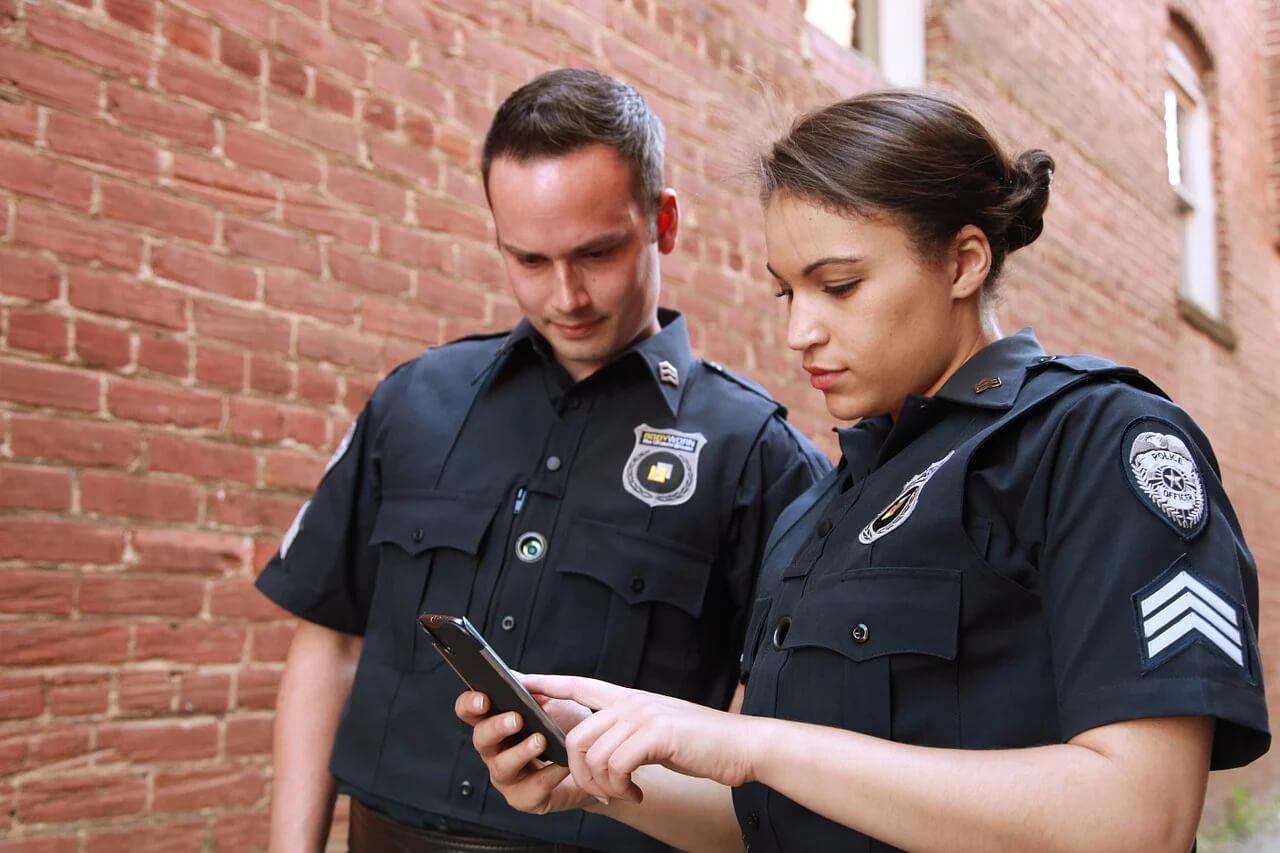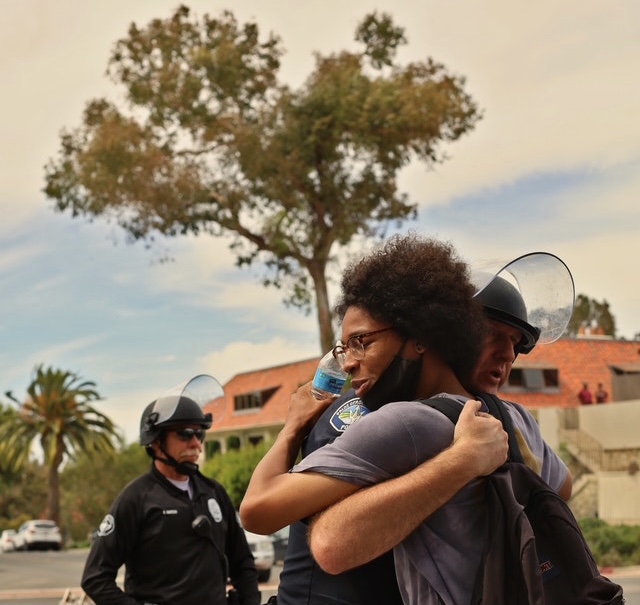How to Get Employees to Actually Respond to Engagement Surveys
Employee engagement surveys can provide organizations with valuable insights into the motivations, satisfaction, and concerns of their workforce. However, without adequate employee participation, engagement surveys fail to capture a representative sample. Low response rates undermine the validity of the results and reduce the ability to identify areas for improvement. Leaders are left with vague notions instead of actionable data.
Fortunately, research and best practices have uncovered strategies to boost engagement survey response rates. By focusing on survey design, communication, incentives and other key factors, organizations can get more employees to complete engagement surveys in a thoughtful manner. Here are some evidence-based approaches.
1. Ensure anonymity and confidentiality
Studies overwhelmingly show that anonymity and confidentiality are critical in soliciting honest feedback through engagement surveys. Employees want assurance that their individual responses will not be identifiable in any way. In a 2015 study published in the journal Social Science Computer Review, researchers found that anonymous surveys elicited more candid results across measures of job satisfaction and emotional exhaustion.
Organizations should clearly communicate that survey responses will be aggregated and anonymized. If surveys are conducted by an external third party, this can provide additional confidentiality reassurance. Anonymous surveys lead to response rates 10-15% higher on average based on a meta-analysis of research from the University of Illinois at Urbana-Champaign.
2. Secure leadership endorsement
Visibility and vocal support from organizational leaders has been shown to boost engagement survey participation. A 2019 study in the Journal of Leadership & Organizational Studies examined factors that influenced employee survey response rates in a hospital system. Messages from hospital leadership emphasizing the importance of the survey were linked to higher rates of participation across departments.
Leaders should promote the value of the engagement survey through company meetings, emails, posters and other channels. They should convey why the organization is conducting the survey, explain how results will inform policies, and encourage all employees to complete it. Such clear signaling from the top increases perceived survey importance.
3. Keep it short
Survey length has a measurable impact on employee motivation to complete it. Response rates tend to drop sharply as surveys exceed 15-20 minutes to finish according to a 2017 paper in Social Science Computer Review. Engagement survey non-response was lowest for shorter surveys based on an analysis of dozens of studies by researchers from the Vrije Universiteit Amsterdam.
Organizations should be selective regarding survey content and avoid nice-to-know items that are not essential. Concise surveys focused on most vital engagement factors keep completion time manageable. Use survey logic and branching to avoid asking non-applicable questions as well. Pilot testing survey duration helps confirm it remains reasonable.
4. Allow work time for completion
Giving employees dedicated work time to take engagement surveys leads to substantially higher response rates. A 2016 paper in the Journal of Organizational Effectiveness detailed a company case study where survey response rates jumped from 68% to 93% after leadership permitted an hour of work time for completion. The improved participation reduced survey bias.
If operational needs make providing work time impossible, organizations should at least allow flexibility for employees to complete the survey on the clock when convenient. This communicates the organization’s high prioritization and seriousness around the survey. Managers can also help minimize work interruptions during survey response windows through scheduling adjustments.
5. Follow-up with non-respondents
Without proactive follow-up, initial non-response tends to snowball as surveys drag on according to an analysis in the International Journal of Market Research. Effective survey reminders via email, posters or manager conversations can get participation closer to target levels.
Reminder messaging should balance brevity with compelling reasons to complete the survey that resonate based on organizational culture and norms. Humor and warmth in follow-ups can also improve results vs. cold impersonal nudges. Offering extra time or support to complete the survey removes perceived barriers.
6. Offer individual and group incentives
Tactical incentives can provide extrinsic motivation to participate in engagement surveys, especially combined with organizational culture strategies. In a 2019 experimental study in the journal Employee Relations, monetary incentives increased survey response rates by 4-12% among retail employees. Non-cash incentives can also be effective if aligned with workplace preferences. – Pro Tip – you can offer 2 hours of COMP time to one person in a random drawing!
Group incentives like reward lunches when participation thresholds are met harness social norms and peer encouragement. However, incentives should not be so large as to feel like unwanted compensation for critical feedback. Keep incentives modest and frame them more as reciprocity than payment.
7. Consult employees on design
Soliciting input from employees and managers during survey design stages gives them some ownership in the process. They can help ensure questions are framed understandably and pinpoint less relevant sections that might undermine motivation. Consulting employees directly shows the organization values their perspective.
Similarly, gathering feedback after past surveys helps continuously improve the instrument and process. Examining which survey questions had high non-response can indicate where confusion or other barriers exist. Asking for recommendations around communication methods also taps into employee insights.
8. Explain how results will guide policies
Clearly explaining how survey findings directly inform organizational policies and priorities is linked to higher response rates. In a 2017 study published in the journal Personnel Review, university researchers found that detailing how surveys shape functioning and decisions grew participation over 25%.
Organizations should communicate through various channels how results will guide management approaches, training and development, resource allocation, workplace policies, recognition programs and more. When employees believe leadership takes engagement surveys seriously for tangible betterment, they become more eager contributors to the process.
Boosting engagement survey response rates takes a concerted effort across communication, incentives, design and trust-building. But the resultant gains in representative feedback quality and actionable insights make it well worth the investment for organizations. By implementing research-backed best practices, leaders can get the comprehensive input they need to foster a more satisfied and empowered workforce.
Here are 12 police officer engagement survey questions that you can use on your next survey.
1. I have the equipment and resources needed to do my job effectively.
2. In my department, we receive recognition and praise for doing good work.
3. My direct supervisor provides clear instructions and sets expectations for assignments.
4. I feel encouraged to share new ideas and suggestions to improve our department.
5. I am satisfied with the opportunities available for promotion and advancement.
6. I believe our department is making real progress on improving community relations.
7. There is open communication between officers and department leadership.
8. I am treated with respect by my fellow officers regardless of gender, race, age, or background.
9. Our department provides adequate ongoing training to enhance my skills and capabilities.
10. I feel I am compensated fairly for the work I do.
11. I understand how my work contributes to the overall mission and values of the department.
12. Overall, I am satisfied with my job in this department.
To conduct employee surveys in your agency schedule a free demo and see why so many law enforcement agencies consider Officer Survey as their top choice!








